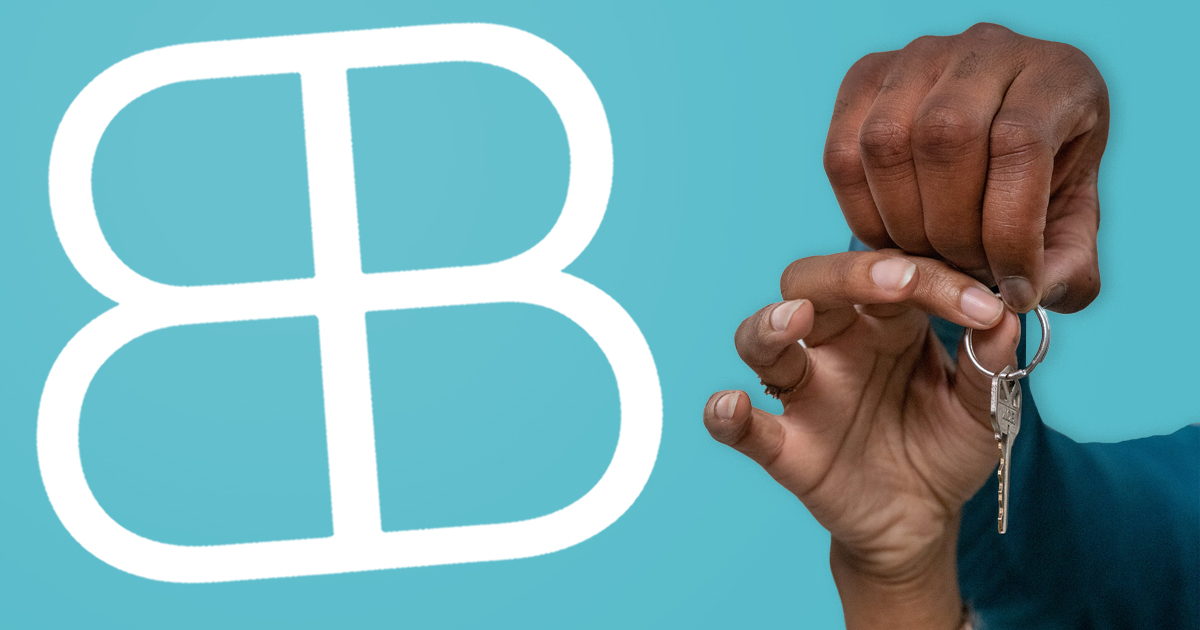Mortgage Advice For Your Property Investments
Looking to invest in property? If you are contemplating becoming a landlord or currently own a secondary property that you wish to rent out to generate additional income, it is likely that you will require a Buy To Let (BTL) mortgage. Maximise your property investment potential with our expert mortgage advice.
Arrange a FREE consultation
Helping you with your property investments
Whether you are looking to become a landlord for the first time or you are a long term property investor, renting out a property can provide many benefits:
- Increase your income
- Good long-term investment
- Capital appreciation
- High demand for rental properties
Speak to a Buy To Let Mortgage Adviser
Unlock your financial freedom today with our fee-free mortgage advice. Start building your property portfolio today.
Don't just take our word for it...
Here's what our clients say about us
Our Process
View Full ProcessStep Two
One of our friendly advisers will contact you to learn more about your situation.
Step Three
Relax while we find you the best mortgage and begin your landlord journey.
FAQ Section
View all FAQsHow much deposit is needed for a BTL mortgage?
Do I need a salary for a BTL mortgage?
Is it worth buying a property to rent out?

How can I get the best mortgage deal?
We Have Whole-Of-Market Access
We make the mortgage process as easy as possible and will take care of all the paperwork for you. We will search the whole market to make sure you get the very best deal for your specific needs.
Get In TouchLatest Articles for Buy To Let Mortgages

Buy To Let
Converting a Residential Mortgage to a Buy to Let

Buy To Let
How Long Does It Take to Get a Let-to-Buy Mortgage?

Buy To Let
The Best Buy To Let Areas in the UK for Investment
 Authorised and regulated by the Financial Conduct Authority. No: 973757
Authorised and regulated by the Financial Conduct Authority. No: 973757




